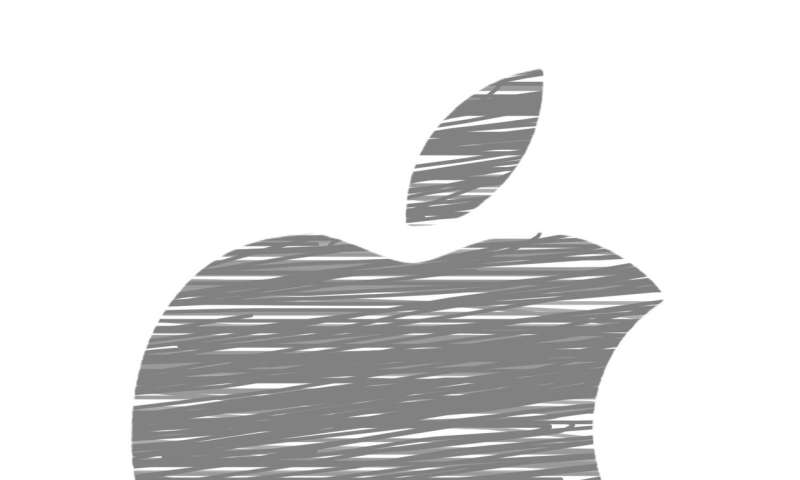
First, Apple "killed" headphone jacks in 2016, then Touch ID fingerprint scanning went away in 2017 with the iPhone X. Could the lightning cable be next to go?
The iPhone giant is reportedly planning to launch a high-end smartphone in 2021 without a charging cable port, according to analyst Ming-Chi Kuo who works at TF Securities. Kuo has gained a lot of respect in the tech community for nailing predictions of previous Apple products.
The future iPhone will supposedly offer a "completely wireless experience," Kuo said in a research note obtained by MacRumors.
Removing the charging port means the device would require wireless charging and may allow iPhones to be more water-resistant. It would mean iPhones are moving one step closer to looking like a flat sheet of glass, an ambitious vision held by Apple's previous head of design Jony Ive, who left the company over the summer.
Apple will get rid of the charging port to "create more differentiation between the highest-end and high-end models," Kuo predicts." The brand's latest iPhones support fast charging, which "gives you a quick and convenient way to recharge your iPhone 8 or later...up to 50 percent in 30 minutes," according to Apple's website.
Apple doesn't respond to rumors, however the move would align with what the tech company is known for.
Apple has long gotten rid of ports and smartphone features to make iPhones appear thinner and sleeker. The tech behemoth first got rid of its wide, 30-pin dock charger in 2012. And many users were upset when it decided to nuke the headphone jack with the iPhone 7 and later models.
The original home button has been gone for years now, and its replacement, the fingerprint scanner, is also in the grave.
(c)2019 U.S. Today
Distributed by Tribune Content Agency, LLC.
Citation: Will Apple kill off the Lightning charging port on its iPhones? (2019, December 9) retrieved 9 December 2019 from https://techxplore.com/news/2019-12-apple-lightning-port-iphones.html
This document is subject to copyright. Apart from any fair dealing for the purpose of private study or research, no part may be reproduced without the written permission. The content is provided for information purposes only.
